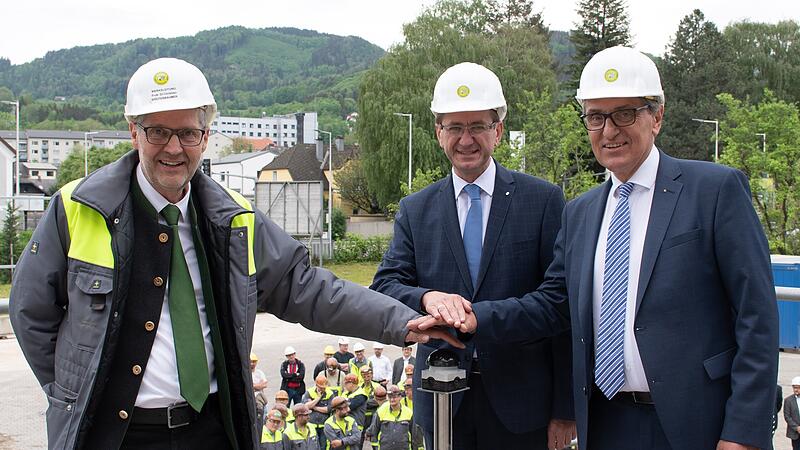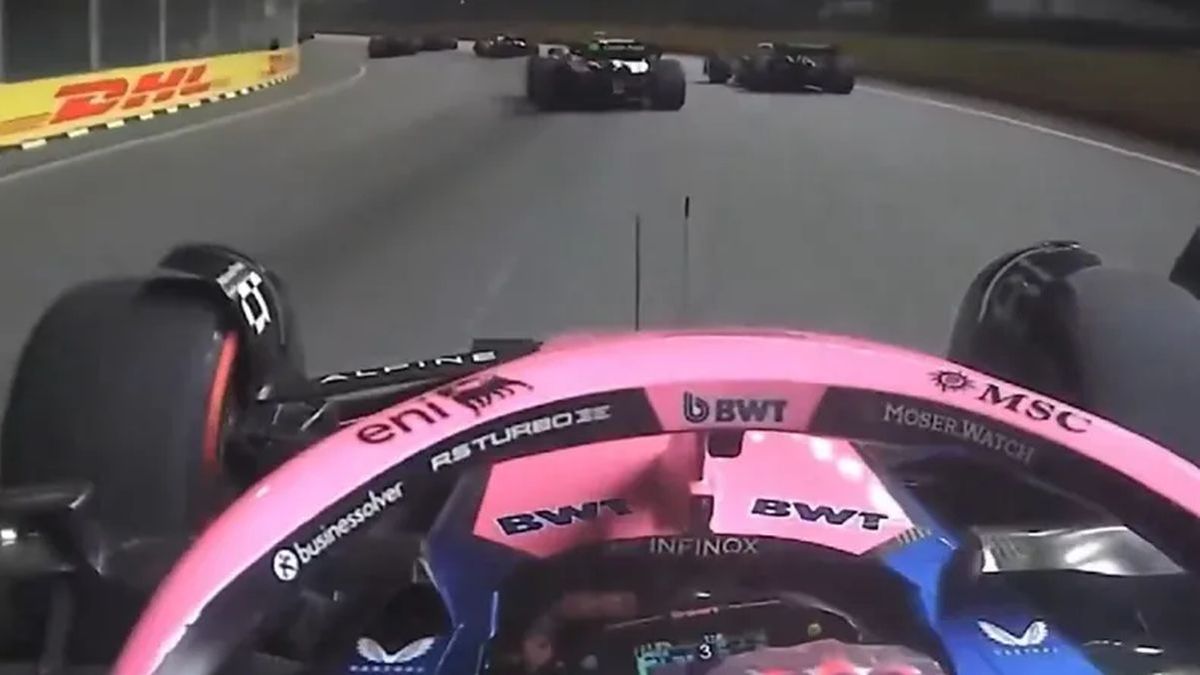At a time when the Russian dictator and warlord Vladimir Putin was already threatening European countries to turn off the gas taps, it was a special day of celebration on the industrial site 600 meters outside of the center of Kirchdorf: the managing director of the Kirchdorf cement works Hofmann, Erich Frommwald, plant manager Christian Breitenbaumer and Economics Minister Markus Achleitner (VP) pressed the control button for the official commissioning of the cement plant’s new “burn-out line”.
After the nitrogen oxides had already been eliminated from the exhaust air with an ultra-modern post-combustion and denitrification system, the company has now taken a giant 9.5 million euro step towards further raising environmental standards. With the new “burn-out section” – roughly speaking, this is the firing for the rotary kiln in which the cement is burned – fossil fuels can be dispensed with even more in the manufacture of the building material.


A dosing system at the entrance to the combustion area allows alternative fuels such as tire textiles, rubber and plastic granules as well as wood, plastic and paint dust to be burned with optimum pollutant filtering. “With the investment of 9.5 million euros, the Kirchdorfer cement plant is once again defending its claim to be one of the lowest-emission cement plants in the world,” explained Frommwald. In the Kirchdorfer cement plant, which belongs to the global Kirchdorfer Group, up to 95 percent of the fuel comes from the waste material sector, which would save enormous amounts of environmental pollution through repeated recycling. The latest measures in the plant have reduced carbon monoxide emissions by a further 17 percent. “Experts, competitors and politicians from all over the world visit our site to see the high-performance system for themselves,” reported Frommwald.
Economic Councilor Achleitner welcomed the forced use of substitute fuels in the cement plant because it would “massively increase independence from fossil fuels”. In addition to the political implications of a certain degree of self-sufficiency, Achleitner also saw a “win-win situation” because both CO2 emissions would be further reduced and valuable resources would be saved through the recycling of old materials. The Kirchdorfer cement plant has been supplying construction sites with cement and binding agents for more than 130 years. It is the “mother” of the international group of companies that employs 140 people at the Kirchdorf site.
Source: Nachrichten




